Because of this, there is no doubting Nikko’s beauty and the historical value and natural beauty of the Nikko Toshogu Shrine or its appeal to foreign tourists.
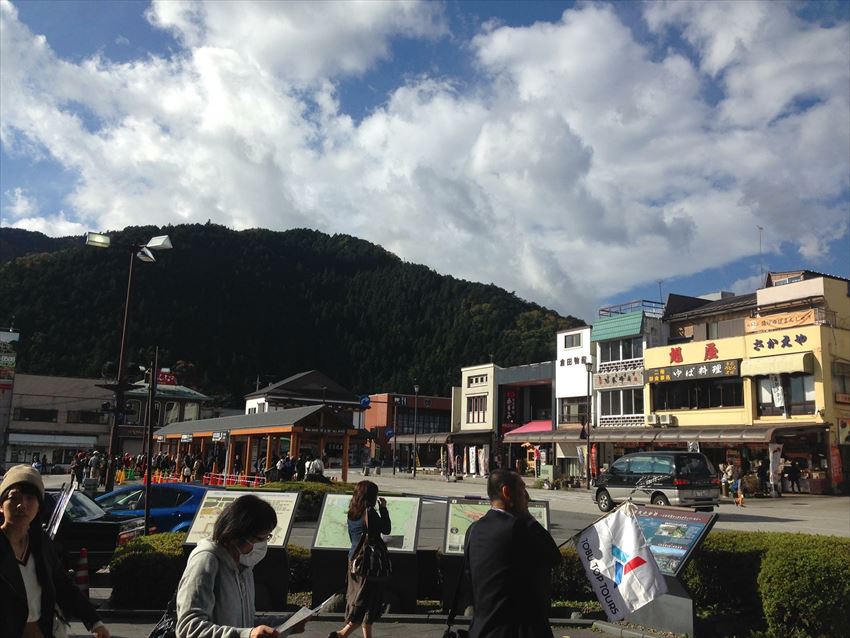
Before entering the shrine, I looked at the five-story building known as the “Five-story Pagoda.”
This pagoda is popular with visitors to Nikko Toshogu Shrine. The pagoda is colored red and gold and is very beautiful. Its columns are engraved with various carvings. The most famous of these is the image of the three monkeys, “Mizaru, Iwazaru, Kikazaru.”
It means “See no evil, Hear no evil, Speak no evil.”
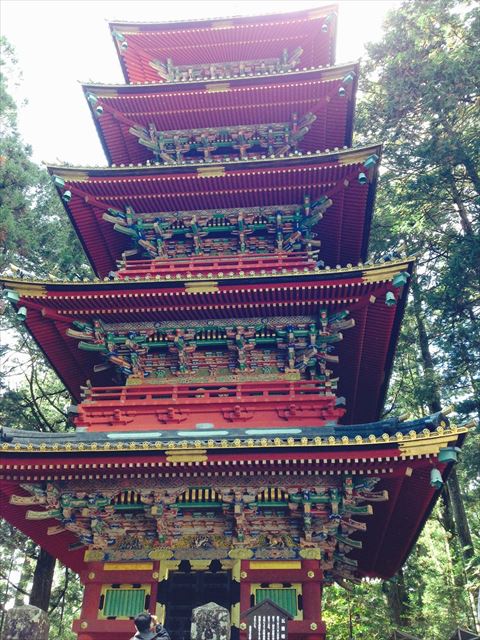
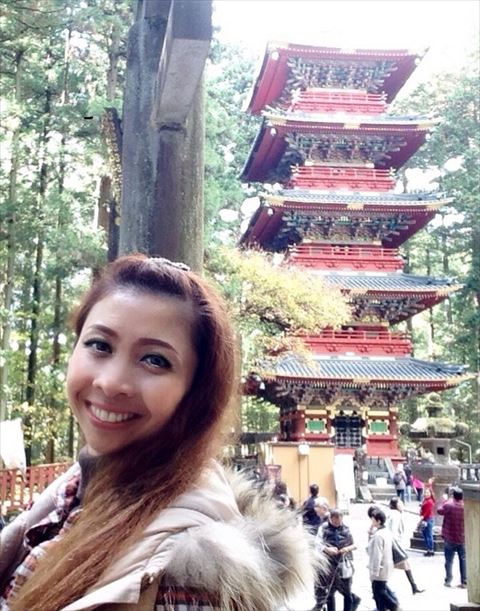
Apart from enjoying the beauty of the shrine, I was also entranced by the appeal of the autumn leaves on the trees I found outside the shrine. I couldn’t stop taking photos of the beautiful, red autumn leaves.
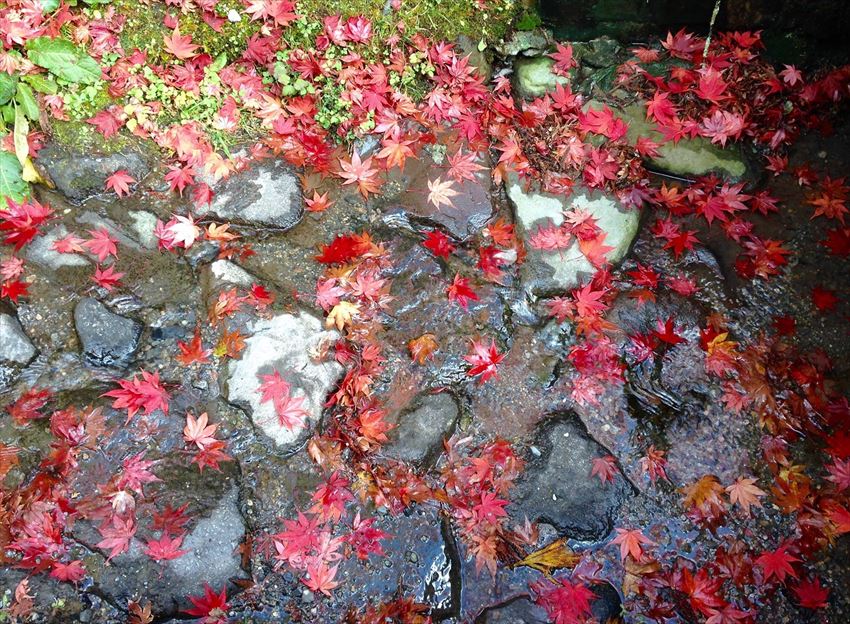
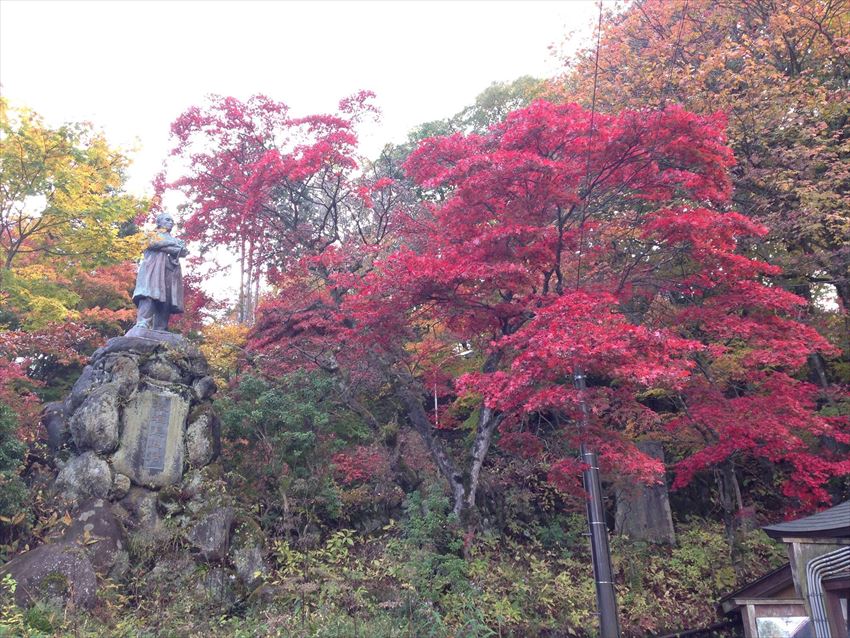
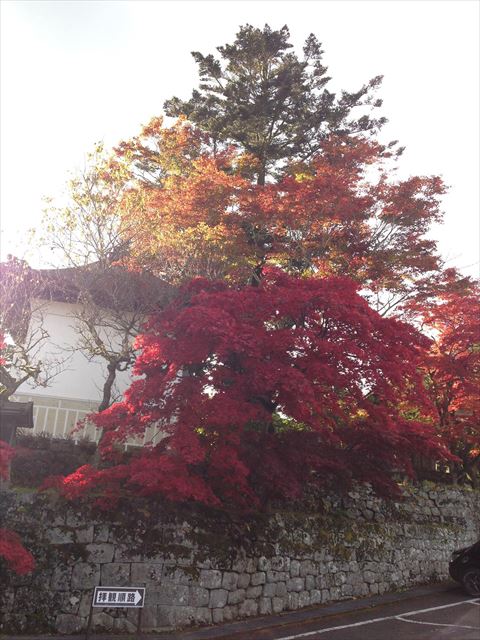
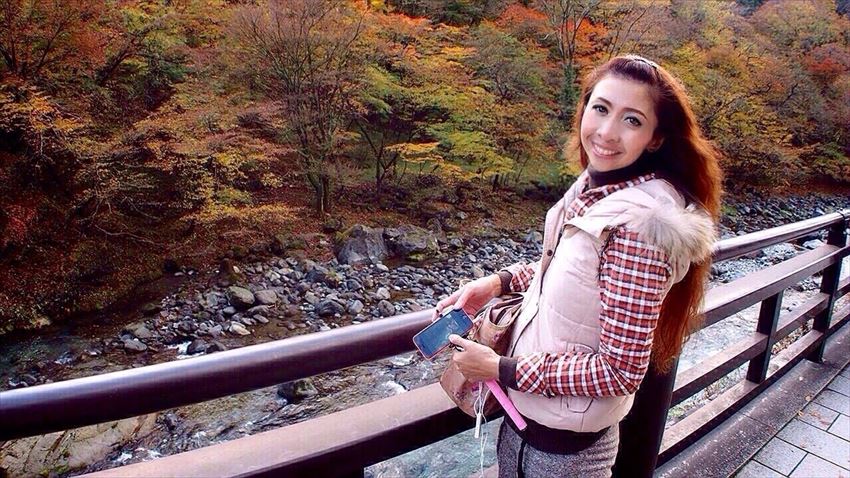
Nikko is famous for soba noodles. A soba festival is held every fall, at harvest time. I ate lunch at a soba restaurant next to the Toshogu Shrine. Nikko’s soba really is great. There is good reason for Nikko’s soba being famous. Before returning to Tokyo, I bought some manju (steamed buns containing soybeans) made in Nikko. There were also manju made with sake, onsen manju (stuffed with azuki-bean paste), and yuba manju (wrapped in yuba skins) available.
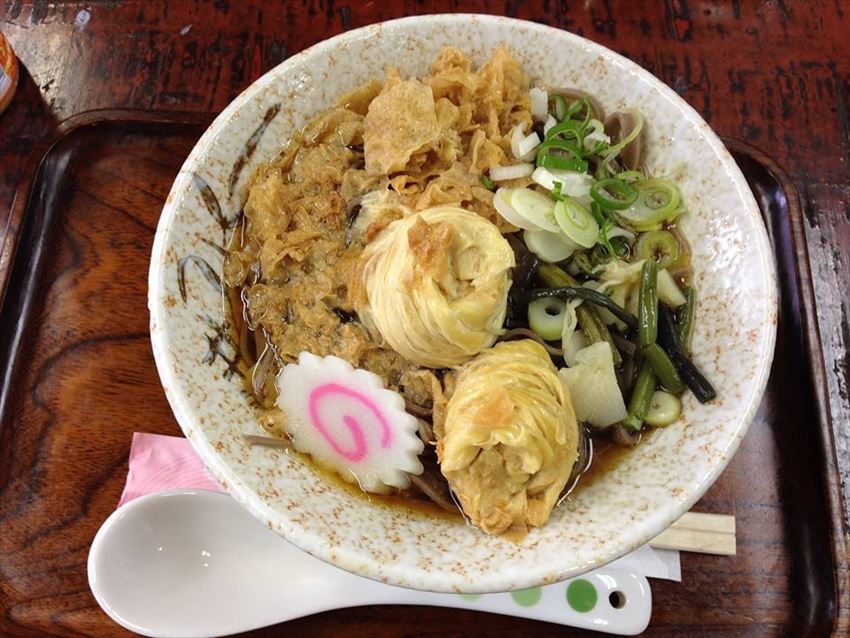
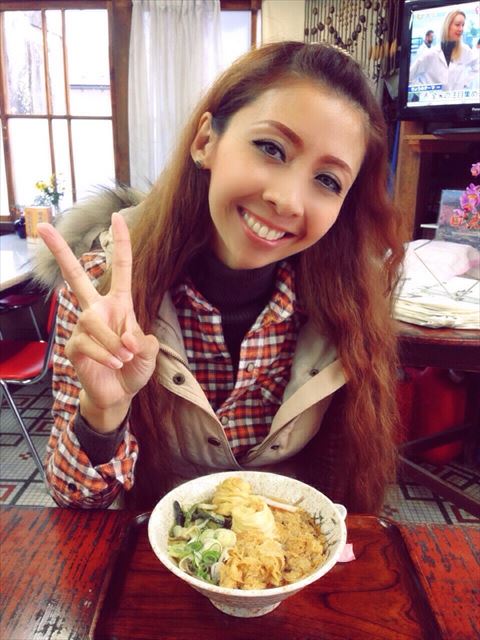
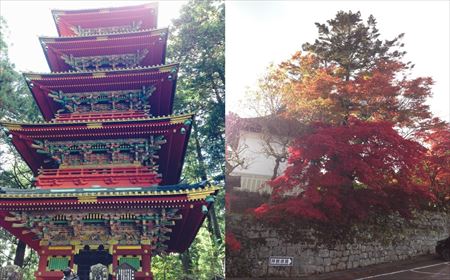
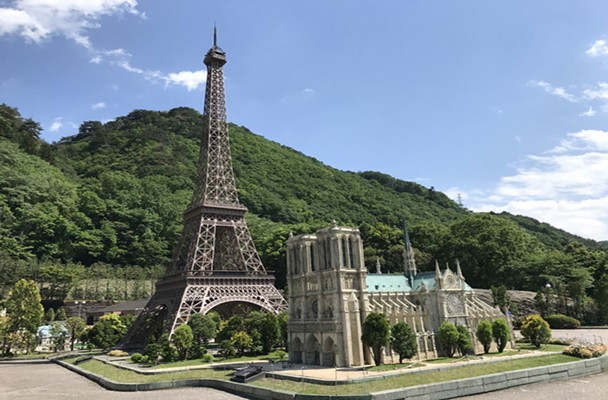
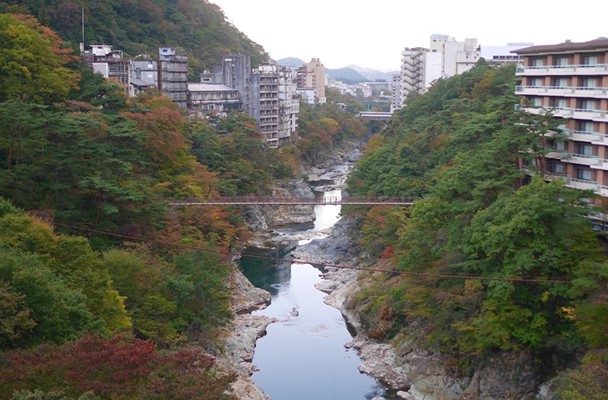
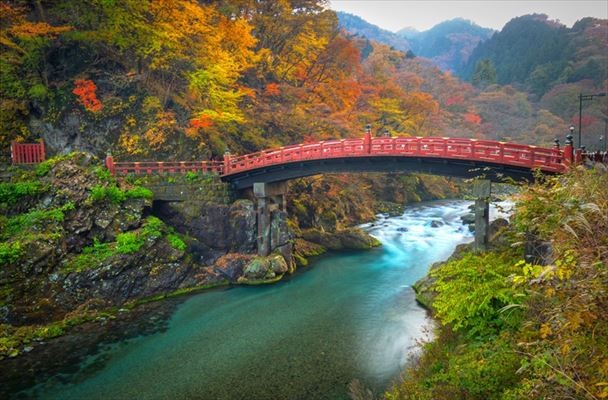
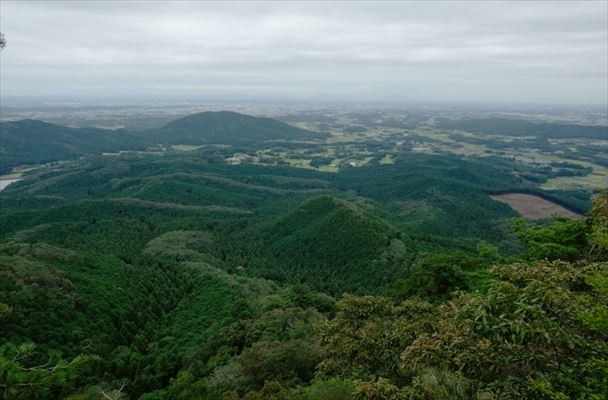
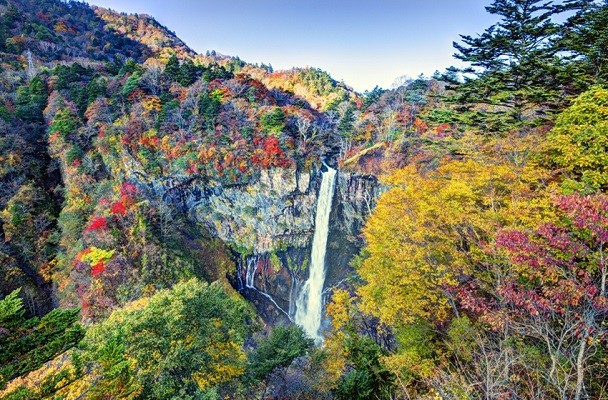
Comments